So you’re a garden center trying to decide what trees would be the best investment. You’ve made it to the right place! Here, we’ll detail what the most profitable trees are, as well as some of their features and why they are so profitable.
Fast-Growth Shade Trees. Many homeowners and landscapers want trees that can produce shade within a year or two, and are willing to pay a large sum for these. Fast-growth shade trees are sold in ten to fifteen gallon pots, and have well-developed root systems to encourage rapid growth once planted. Red maple and American elm trees are some of the better species for this type of tree.
Dogwood Trees. Landscapers love these trees for their spring blooms and fall foliage. The Kousa variety is one of the best ones, as it produces a crop of sweet red berries, is disease resistant, and is not liked by deer.
Thornless Locust. Locust trees are widely used in restoration and erosion control projects. Thornless and fast-growing locust varieties, such as the Shademaster and Sunburst varieties, are popular for landscaping projects. Locust trees are also another example of fast-growth shade trees, growing to a full height of 25 to 30 feet in around six years.
Fruit and Nut Trees. Trees that produce homegrown food that can be eaten or sold are often sought after by homeowners with larger amounts of land, and can be one of the more profitable trees for homeowners to grow. Some of these trees also have valuable wood that is most often used for high-quality furniture. Apple trees, especially heritage apple trees, are a popular fruit tree, and black walnut and hybrid chestnut trees make for good nut trees.
Bonsai Trees. Landscapers and homeowners with not much land love these tiny trees. Even people without a yard to speak of can enjoy a bonsai tree’s presence indoors. Both starter plants that are ready to train and pre-trained bonsai trees can be highly profitable, though pre-trained do sell for more than just starters.
Willow Trees. These trees are easy to grow and prolific, and have a very versatile wood which can be used for basket weaving or fiber arts. Willow shoots can be grown in a variety of colors as well, and the tree is used in restoration and conservation projects too. Due to this tree’s sheer versatility, it is quite popular among landscapers and homeowners looking for an easily grown, pleasant looking prolific tree.
Japanese Maple. Very popular amongst landscapers for its leaves, which come in red or green colors and broad or cut leaf shapes. Larger Japanese maples can sell for quite the sum. These trees do not grow to be very big, so a lot of them can be kept in surprisingly small areas.
Christmas Trees. Sure, there are artificial trees, but ever since 2007, those have been losing ground to real trees. Christmas trees don’t even need to be very big to sell — ceilings are only so high. Greens and wreaths can be an even more profitable side investment from Christmas trees.
If you’re looking to purchase trees or shrubs wholesale for your garden center, Steve Myers & Son Nursery is a good choice. We specialize in B&B trees and shrubs, including shade trees, flowering trees, evergreens and shrubs. Contact us to discuss business.

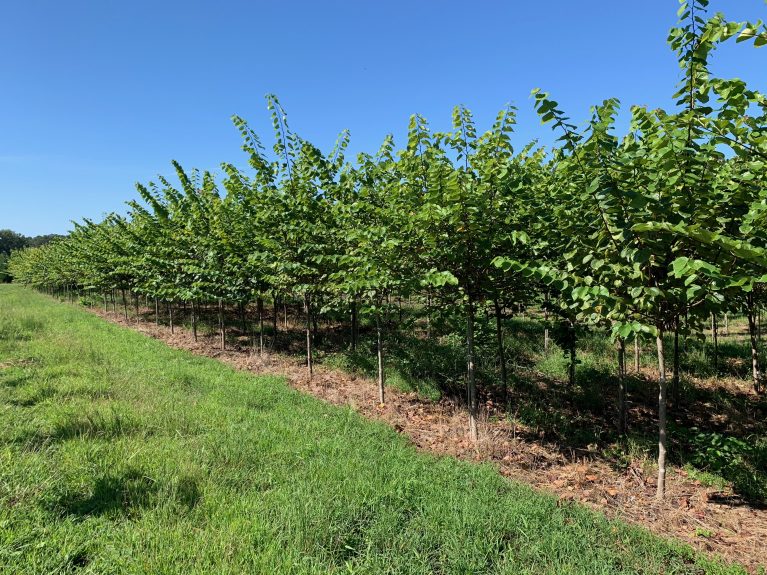
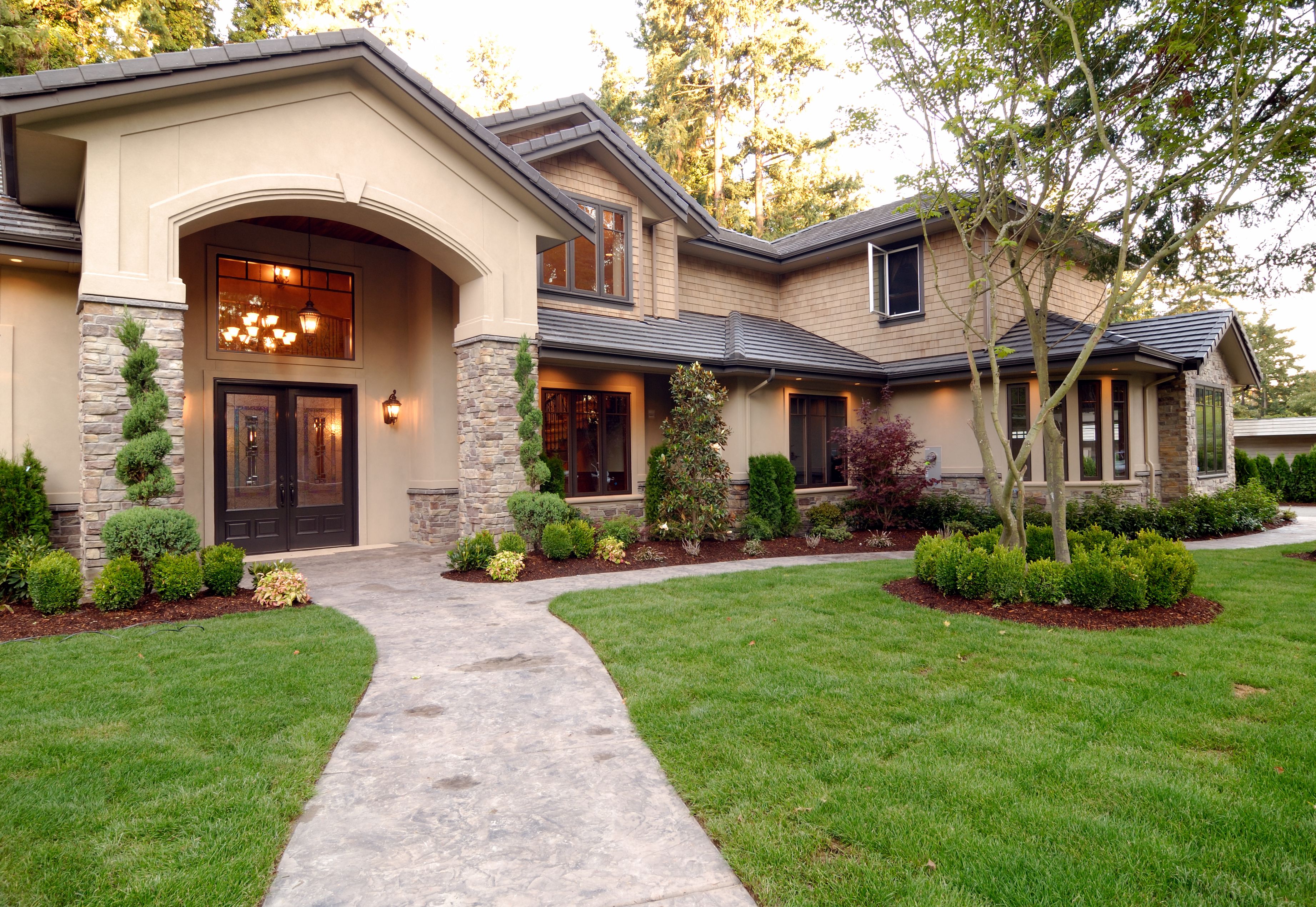
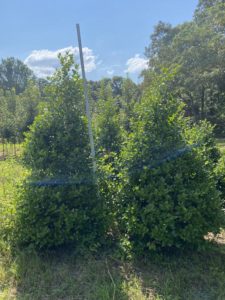 Don’t Handwave It
Don’t Handwave It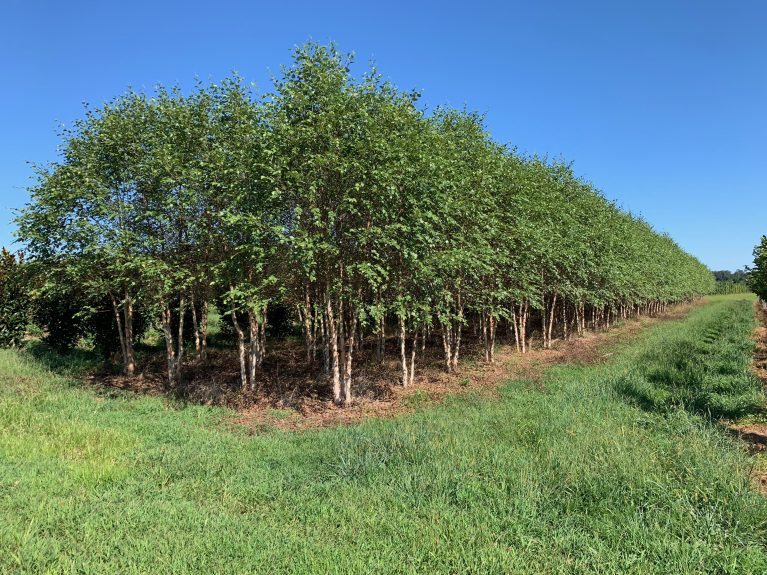
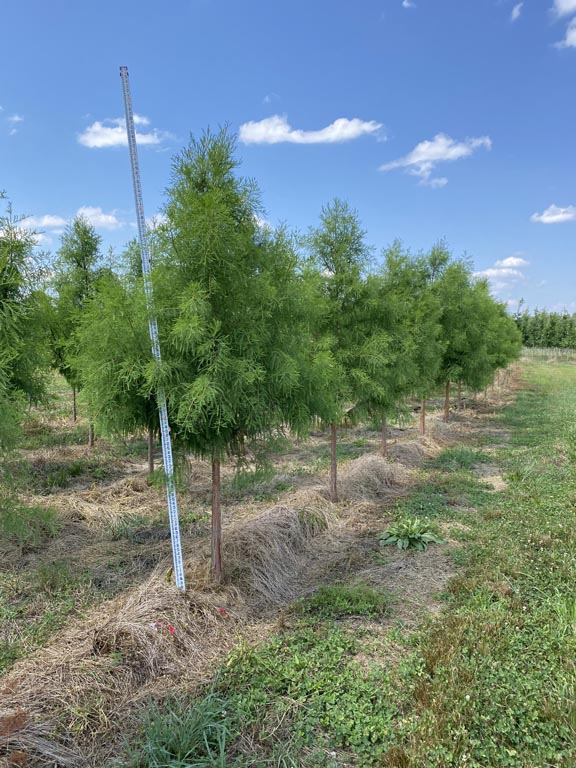 purple berries are produced in Winter for beautiful winter accent colors and food for the bird types in the area.
purple berries are produced in Winter for beautiful winter accent colors and food for the bird types in the area.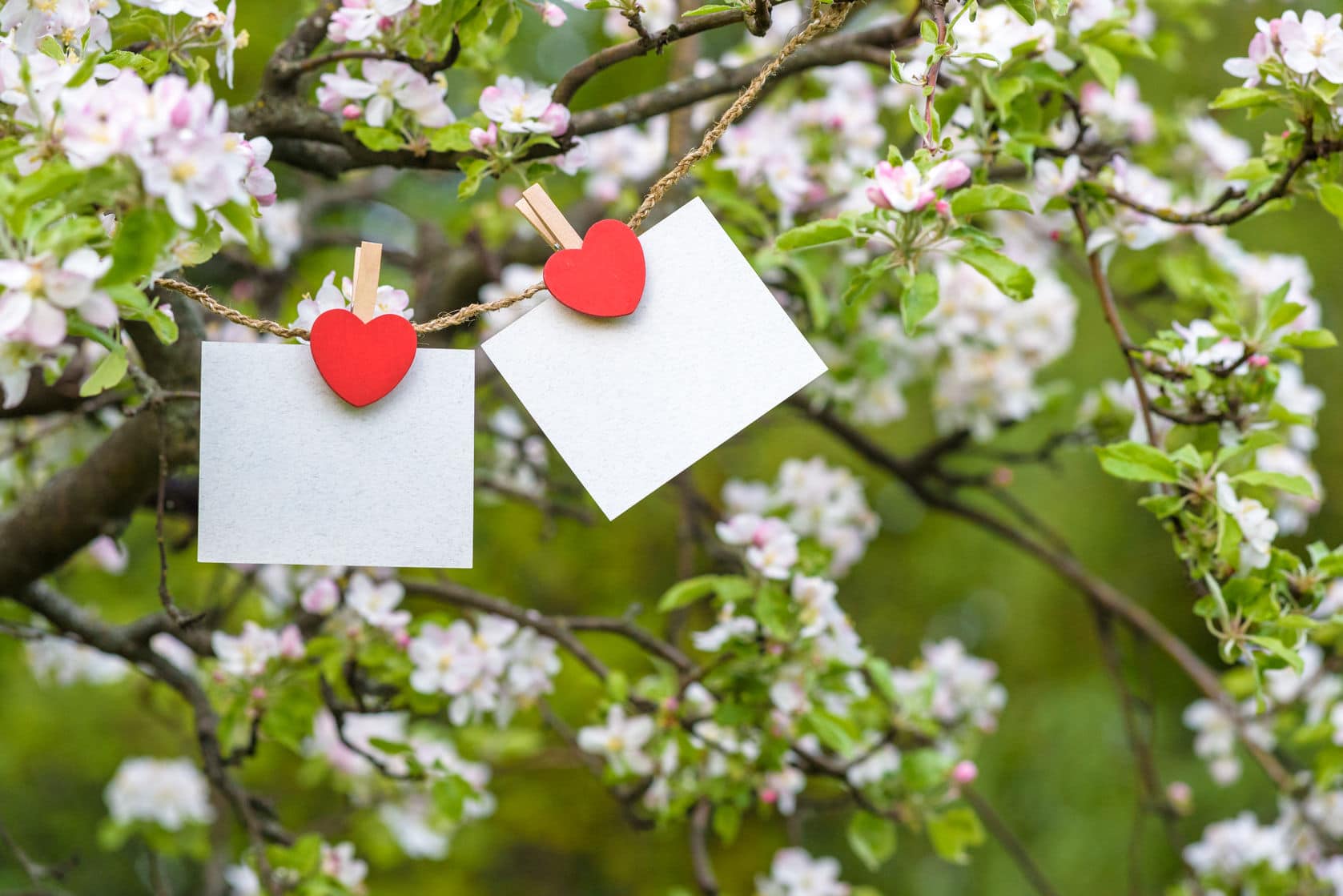
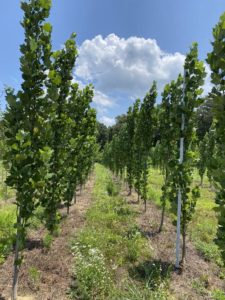
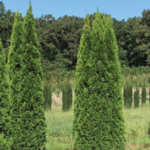

Recent Comments